Can Cats Eat Celery? A Guide to Feeding Celery to Your Cat
- 24 Feb 2025 14:41
Celery is often touted as a healthy snack for humans due to its low calorie and high fiber content, but when it comes to your cat, can cats eat celery? While celery is not toxic to cats, it is not a necessary or ideal food for them either. In this article, we’ll explore whether celery is safe for your cat to eat, the potential benefits and risks, and how to offer it safely if you choose to give it a try.
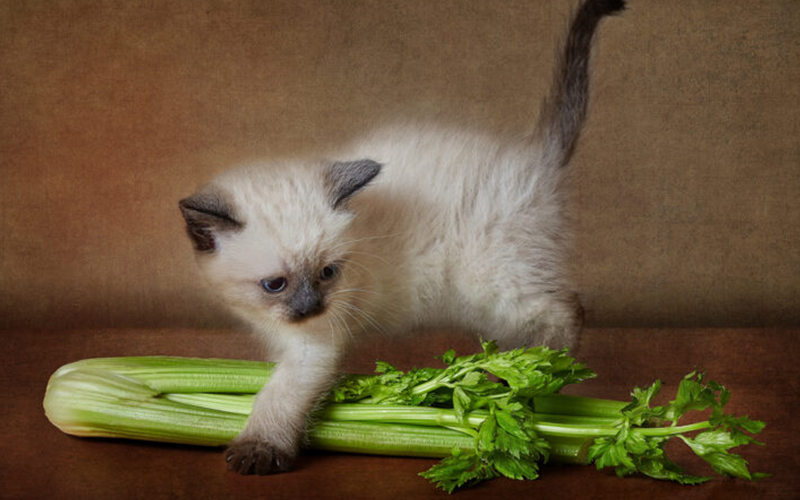
Is Celery Safe for Cats?
Yes, celery is safe for cats to eat in small amounts. Celery contains no toxic compounds for cats, so it is not harmful if your cat happens to nibble on a piece. However, celery is not a food your cat needs or would naturally seek out in the wild. Cats are obligate carnivores, meaning their diet should primarily consist of animal-based proteins. While small amounts of plant-based foods can be safe, they should not make up a significant portion of your cat’s diet.
Potential Benefits of Celery for Cats
While celery doesn’t provide much in terms of essential nutrients for cats, there are a few potential benefits if fed occasionally:
Low in Calories
Celery is a low-calorie food, which makes it a good option for an occasional treat for cats that are watching their weight. If your cat is overweight, offering a small piece of celery instead of a high-calorie treat can help satisfy their need for a snack without contributing to weight gain.High in Fiber
Celery contains fiber, which can aid in digestion and help prevent constipation. Fiber can help keep your cat’s digestive system functioning smoothly. However, cats do not need a lot of fiber in their diet, so celery should only be given in moderation. Too much fiber can cause digestive upset, including diarrhea or gas.Hydration
Celery has a high water content, which can contribute to your cat’s hydration, especially if they are not drinking enough water. However, water should always be your cat’s primary source of hydration, and celery should never replace their regular water bowl.
The Risks of Feeding Celery to Cats
Despite its low calorie and fiber content, there are several risks associated with feeding celery to cats:
Choking Hazard
Celery, especially the stringy fibers, can pose a choking hazard to cats. If your cat tries to eat a large piece of celery without properly chewing it, it could get stuck in their throat. To minimize this risk, it’s important to cut celery into small, manageable pieces before offering it to your cat.Digestive Upset
While fiber can be beneficial in small amounts, too much can lead to digestive issues, including diarrhea, gas, or bloating. Cats’ digestive systems are not designed to process large amounts of plant-based foods, so it’s important to limit the amount of celery you offer.Unnecessary for Cats’ Diet
Celery provides little nutritional value for cats compared to animal-based proteins. Cats are obligate carnivores and their bodies are designed to thrive on animal products. While celery is not harmful in small amounts, it should never replace their regular food or become a significant part of their diet.Pesticides and Chemicals
Celery is often grown with pesticides and chemicals, which can be harmful to your cat. If you decide to feed your cat celery, it’s important to wash it thoroughly to remove any potential residue. If possible, choose organic celery to reduce the risk of chemical exposure.
How to Safely Feed Celery to Your Cat
If you choose to offer celery to your cat as a treat, it’s essential to do so safely. Here are some tips:
Wash the Celery Thoroughly
Always wash celery thoroughly to remove any pesticides or chemicals that may be present. This will help ensure that your cat is not exposed to harmful substances.Cut into Small Pieces
Cut the celery into small, bite-sized pieces to reduce the risk of choking. Avoid giving large chunks of celery, as they may be difficult for your cat to chew and swallow properly.Remove the Strings
Celery can be stringy, and these strings can be difficult for cats to chew and digest. To make it safer, you can remove the strings from the celery stalk before offering it to your cat.Offer in Moderation
Celery should be treated as an occasional snack rather than a regular part of your cat’s diet. Offer small amounts and monitor for any signs of digestive upset, such as vomiting or diarrhea. If your cat seems to have trouble with celery, discontinue offering it.Avoid Seasonings
Do not add any seasonings or dressings to the celery. Ingredients like salt, butter, or spices can be harmful to your cat and should always be avoided.
Safer Alternatives to Celery for Cats
If you’re looking for safer or more appropriate treat options for your cat, there are many healthier alternatives to consider:
Cooked Meat
Cats are obligate carnivores, so plain, cooked meat such as chicken, turkey, or beef is an excellent choice for a treat. These protein-rich snacks are much more suited to your cat’s nutritional needs than plant-based foods like celery.Catnip
Most cats love catnip, and it’s completely safe for them to consume. Catnip provides a fun and stimulating experience for your cat without any of the risks associated with vegetables or fruits.Baby Carrots
If your cat enjoys crunching on vegetables, baby carrots (cut into small pieces) are a safe and low-calorie option. Carrots provide some fiber and vitamins without the risks of celery.Commercial Cat Treats
Many commercial cat treats are specifically formulated to meet your cat’s dietary needs. Choose treats that are high in protein, low in fat, and free of artificial additives for the healthiest option.
Should You Use PettureX for Your Cat’s Health?
If you’re ever uncertain about what foods are safe for your cat or have concerns about their diet, PettureX is a great resource. PettureX offers 24/7 online consultations with pet health professionals who can help guide you on feeding your cat a balanced and appropriate diet.
Conclusion: Can Cats Eat Celery?
In conclusion, cats can eat celery, but it should only be offered in small amounts and as an occasional treat. Celery provides minimal nutritional value for cats and can cause digestive upset if overfed. Always wash celery thoroughly, cut it into small pieces, and remove any stringy fibers to reduce the risk of choking.
For healthier and more suitable treats, consider offering your cat cooked meat, catnip, or commercial cat treats. And if you’re ever unsure about your cat’s diet or what foods are safe for them, PettureX offers 24/7 consultations to help keep your feline friend healthy and happy.
Related
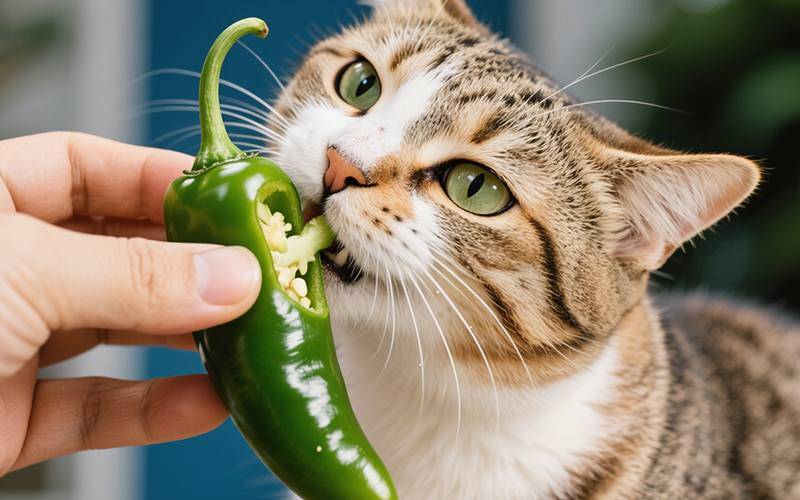
The Burning Question: Can Cats Eat Jalapenos? A Comprehensive Safety Guide
- 21 Apr 2025
Cool Temptation: Can Cats Eat Ice Cream Safely? The Vet-Backed Truth
- 21 Apr 2025
Frankly Dangerous: Can Cats Eat Hot Dogs? Vet Explains the Serious Risks
- 16 Apr 2025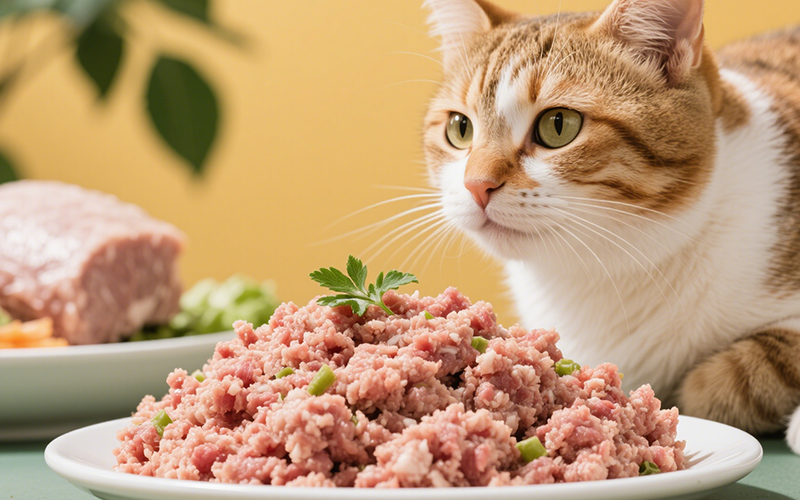
A Purrfect Protein? Can Cats Eat Ground Turkey Safely? (Vet-Reviewed Guide)
- 16 Apr 2025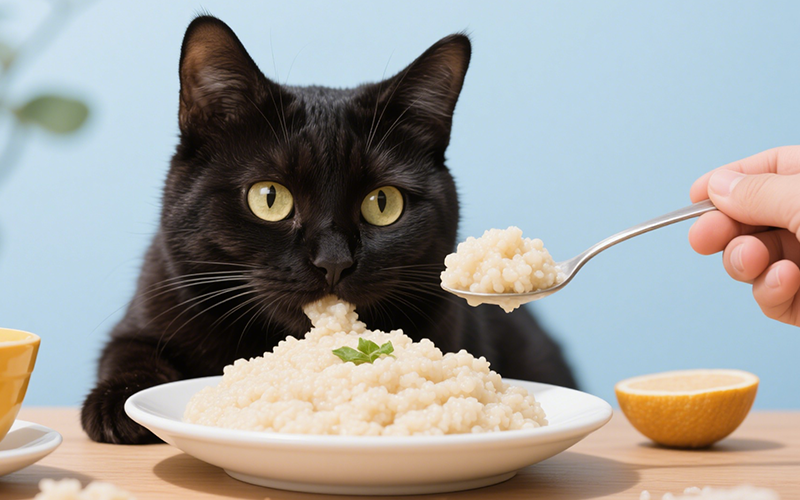
Gritty Situation: Can Cats Eat Grits Safely? Vet Explains the Risks
- 16 Apr 2025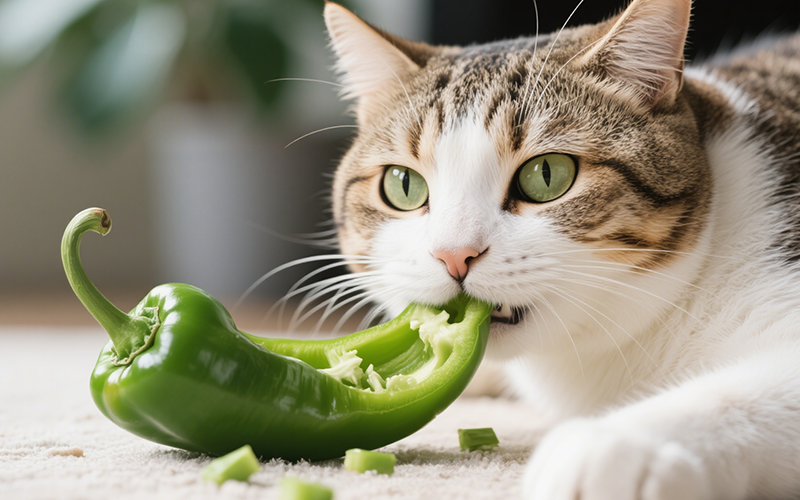
Crunchy Query: Can Cats Eat Green Peppers? A Vet-Reviewed Safety Analysis
- 16 Apr 2025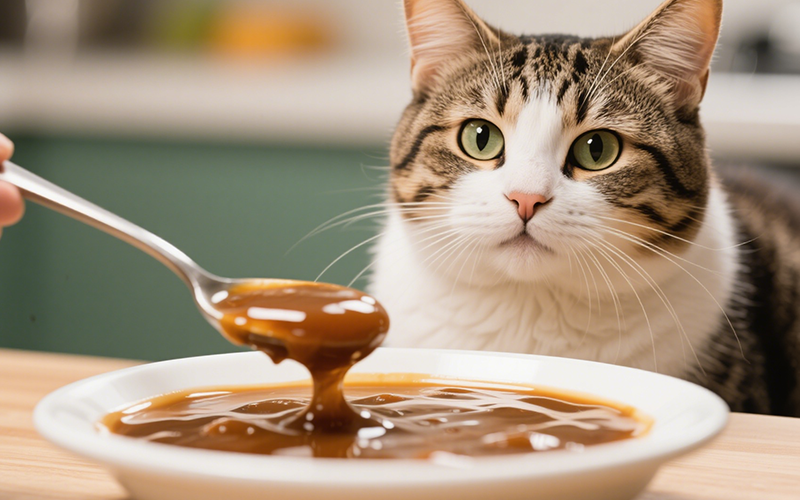
Gravy Danger Zone: Can Cats Eat Gravy Safely? (Vet-Reviewed Warning)
- 16 Apr 2025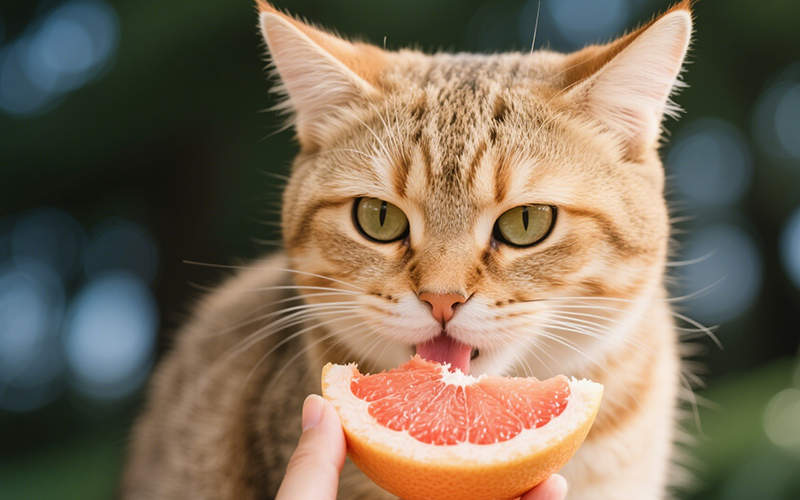
Toxic Temptation: Can Cats Eat Grapefruit? Vet Explains the Dangers
- 16 Apr 2025
Emergency Meal or Major Mistake? Can Cats Eat Dog Food For A Couple Days? (Vet Guide)
- 16 Apr 2025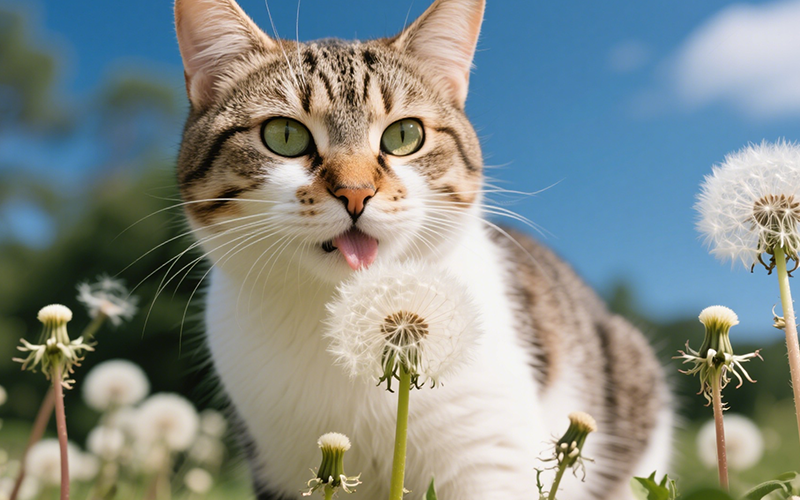
Dandelions & Felines: Can Cats Eat These Common Weeds Safely? Vet Explains
- 16 Apr 2025
